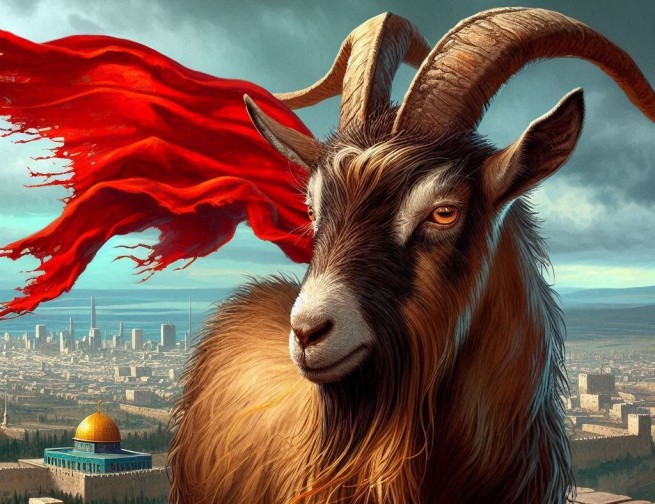Do you know why we say “scapegoat”? In common parlance, this is the one on whom someone else's guilt or responsibility is placed.
But why “goat”? And what does “absolution” mean? This expression is taken from the Old Testament. It describes the ritual that the Jews performed during the holiday of Yom Kippur, which translated means “Day of Atonement.” Sometimes this name is also translated as “Judgment Day.”
On Yom Kippur, the Jews brought sacrificial animals to the Jerusalem Temple. Usually it was a goat. He was placed in the center of the temple so that parishioners could place their hand on his head, whispering their sin (which they wanted to be forgiven). After everyone “told the goat about their sins,” the animal was sacrificed (other sources say that it was released into the desert to die). Thus, the priest symbolically laid the sins of the entire people on him. After this, the goat was taken into the desert.
And although this the ritual was never considered a magical means of getting rid of sins, nevertheless it served a symbol of deep repentance. They say that in ancient times in the Jerusalem Temple the Divine presence was especially noticeable and was expressed in miracles, one of which was precisely connected with the scapegoat. After the sins of the people were laid upon the goat, a piece of red wool was tied to its horns. When the animal was taken out of the gate of the temple courtyard, one of the priests cut off half of this piece and hung it over the gate. If the repentance of the people was true, then the piece hanging over the gate turned white. Only then did everyone understand that the Day of Atonement did not take place in vain, and people not only performed the ritual, but found the strength to change for the better.







More Stories
Artificial intelligence "to help": 11 women have already become pregnant "from robots"
A picture is worth a thousand words: exhausted firefighters sleep right on the road
13-year-old girl killed by lightning strike